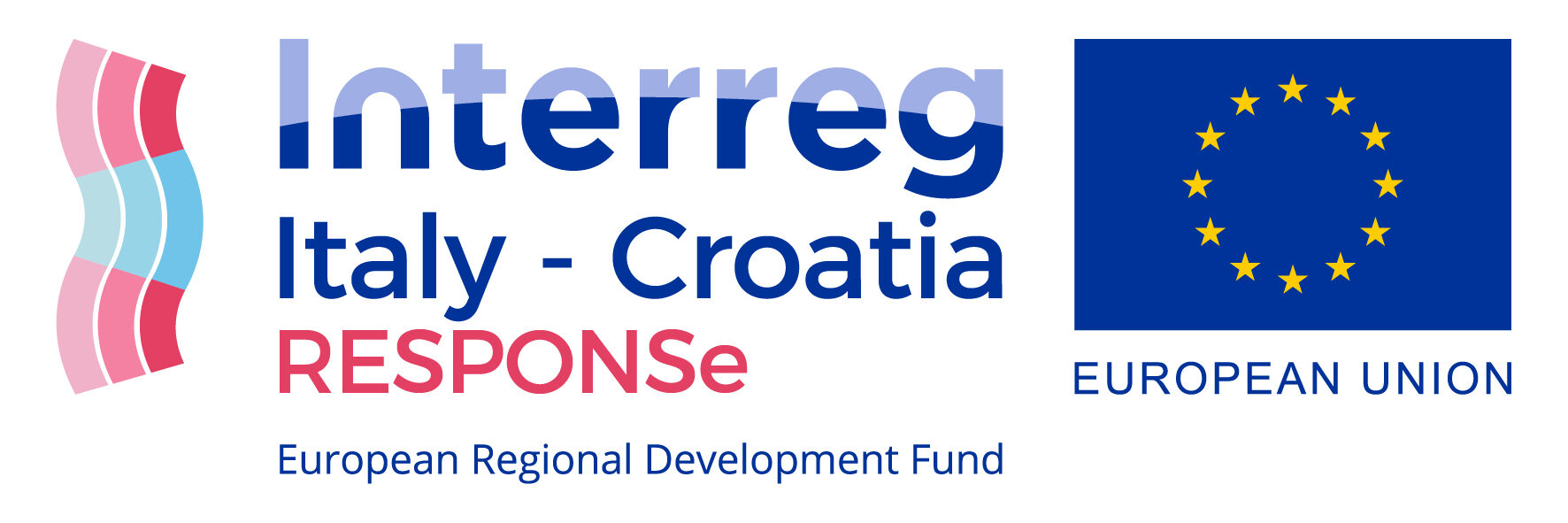Increase climate resilience of airports
Objective
Increase the ability of operations and infrastructure to withstand and recover from external disturbances caused by current climate variability and future climate change.
Description
Here is a list of possible challenges followed by proposed countermeasures:
- Heavy precipitation events and changing in precipitation patterns: improving the capacity and coverage of the drainage system and, in parallel, increasing water resistance of underground infrastructure (e.g. waterproofing of electrical cables);
- Desertification: new water management strategy focused on water saving, reusing of water and storing of rainwater and structural measures protecting runways from sand dunes;
- Higher-average and extreme temperatures: measures on airport buildings and equipment (air-conditioning, better insulation, development of green infrastructure) and measures on aerial infrastructure (new tarmac materials resistant to heat, extension of the runway, better equipment cooling);
- Wind direction: building up a new crosswind runway may appear essential to increase resilience of operations;
- Changes to storm patterns: wind-proofing of aerial infrastructure and re-routing of aircrafts;
- Sea level rise: construction or improvement of preventive measures, such as sea defences;
- Snowfall: improve the airport’s winter maintenance capacity (snow and ice removal, chemicals and sand application, equipment, stakeholder’s coordination);
- Biodiversity and wildlife migration patterns: during the take-off and landing phases, drive away animals, such as birds, for example through specific sounds for each species that indicate danger.
Expected results
Take action to increase the aviation system’s capacity to cope with climate change-induced challenges by ensuring the resilience of the infrastructure and the provision of safe and reliable services.
Result indicators
Percentage of guaranteed flights [%]
Involved actors
Airport operators, aircraft operators (airlines), air navigation system providers and engineering and construction companies providing implementation of the adaptation measures, research and consulting companies.
Expected timeline for action
Criticalities
Costs-effective measures.
Sector of action
- Transport and infrastructure
Climate impacts
- Change or loss of biodiversity
- Drought
- Extreme precipitation
- Extreme temperatures
- Floods
- Strong winds
Implementation scale
- Municipality
- Region / Country
